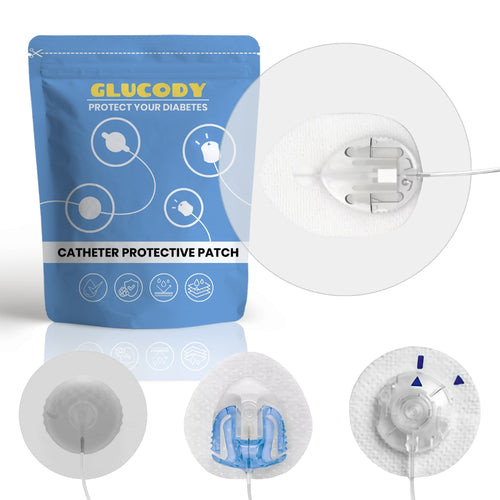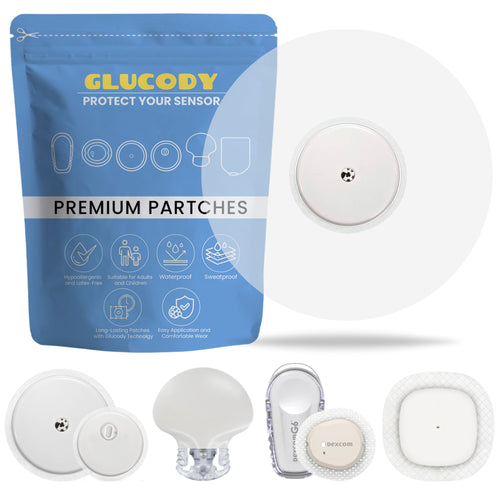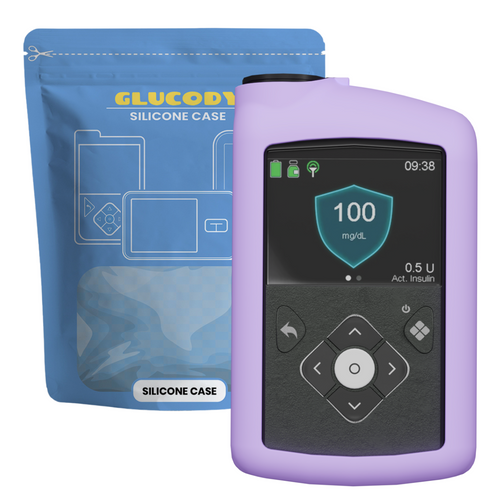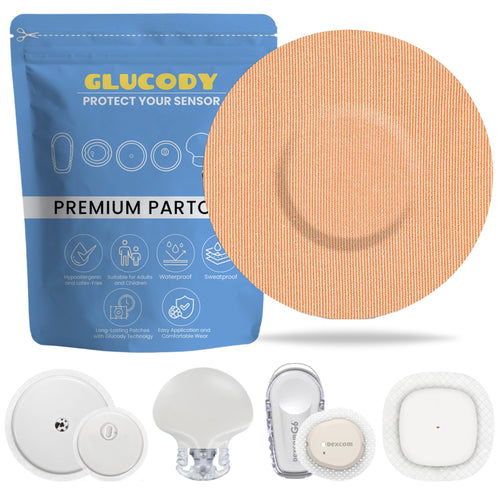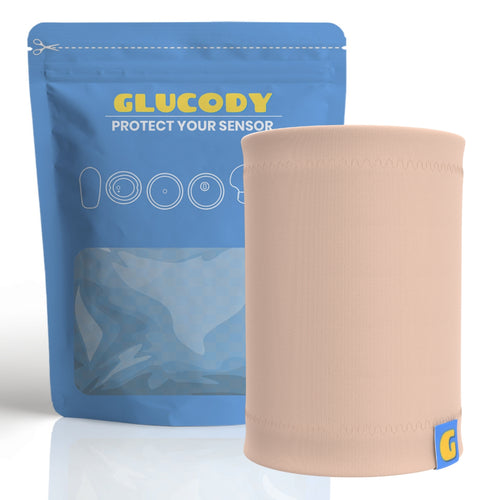Taking control of type 1 diabetes is a personal journey, in which, for many, technology plays a fundamental role. In this regard, one of the most common questions among those who suffer from this disease is when to start using an insulin pump? The answer varies, depending on various factors, from your glycemic control to your daily routine.
Thanks to the insulin pump, technology integrates with medicine in the daily lives of many people. At Glucody, aware of this situation, we offer you the possibility to customize and protect your device, making it more comfortable, with our exclusive insulin pump stickers.
In this article, we explain what an insulin pump is, how it works, in which cases it is recommended, and what precautions you should consider if you are thinking about taking this step in your treatment.
What is an insulin pump?
The insulin pump is an electronic medical device that administers insulin continuously throughout the day. It is placed outside the body and connected via a subcutaneous catheter that releases small doses of basal insulin. Also, additional doses (bolus) to cover meals or glucose corrections when needed.
In practice, it is a pump for diabetics designed to mimic as closely as possible the natural function of the pancreas. Its main goal is to maintain better glycemic control, reducing hypoglycemia and avoiding high spikes after meals.
The device is small (similar to a mobile phone) and can be worn on the waist, in a pocket, or protected with accessories such as cases and armbands. Additionally, thanks to technological advances, many current pumps can be combined with continuous glucose monitoring sensors, allowing much more precise and personalized management.
How does an insulin pump work?
The operation of the insulin pump is based on a programmed system that administers insulin in two ways:
· Continuous basal infusion: small doses throughout the day and night to cover the body's needs at rest.
· Insulin bolus: additional doses that the patient can program before meals or when glucose levels require it.

Which patients are recommended to use the insulin pump?
Not all people with diabetes need an insulin pump. According to medical recommendations, it is usually indicated mainly for:
· Patients with type 1 diabetes who do not achieve adequate control with multiple daily injections.
· People with frequent or severe hypoglycemia, especially at night.
· Children and adolescents who require greater flexibility in glucose control.
· Women with diabetes who are pregnant or planning a pregnancy, as they need very precise control.
· Patients who, despite following a good regimen, still experience high glucose variations.
· People seeking a better quality of life and flexibility compared to constant finger pricks.
In all cases, the decision of when to use an insulin pump must be made together with a specialized medical team. They will evaluate the clinical history, lifestyle, and specific needs of each patient.
Precautions and usage advice
Although the insulin pump offers clear advantages, it also requires commitment and responsibility in its use:
1. The patient must learn to program it, detect errors, and manage boluses according to each meal.
2. Medical follow-up is essential to adjust doses and verify the proper functioning of the device.
3. The catheter should be changed every 2-3 days to avoid infections or absorption problems.
4. The insertion area should be carefully cleaned, and possible skin irritations monitored.
It is also recommended to use accessories such as cases, armbands, or specific protectors to avoid damage from bumps or accidental drops of the device. It is even possible to personalize it with Glucody insulin pump stickers. A practical and aesthetic option for those seeking discretion and comfort in daily life.

How to request an insulin pump?
A common question among people with type 1 diabetes is how to request an insulin pump. Well, in most countries, the process begins with the endocrinologist's recommendation, who will assess if you meet the medical criteria.
From there:
· It is processed through the public health system (when covered) or through private health insurance.
· Some pump brands require special authorization and a patient education program.
· In certain cases, financing programs or direct purchase from specialized providers may be an option.
Important note: Having a support team and quality accessories, such as catheter protectors or durable cases, is key to ensuring safety and comfort in daily life.
Is the insulin pump the best option for you?
Determining when to start using an insulin pump is one of the most important decisions in diabetes management. To do so, you must consider your clinical situation, lifestyle, and the glycemic control goals you want to achieve.
What is clear is that this device can make a difference for patients who have difficulty stabilizing their glucose levels, reduces complications, and improves quality of life. And, thanks to the wide variety of accessories available like those offered by Glucody (from cases to insulin pump stickers), it is now also possible to combine health, safety, and style.
How can Glucody help you?
At Glucody, we don't just offer products, but solutions designed to make your daily life easier and safer. From protective cases to insulin pump stickers that add style and comfort, each accessory is designed to support you in your treatment. Our commitment is to provide you with confidence and support at every stage of managing your diabetes.
Want to take the next step? Consult your specialist about the insulin pump and visit our store to find the products that will accompany you in your treatment.
At Glucody, you'll find everything you need to protect and personalize your device: sensor protectors, cases, armbands, and accessories specially designed for people with diabetes.




